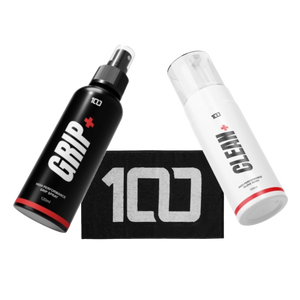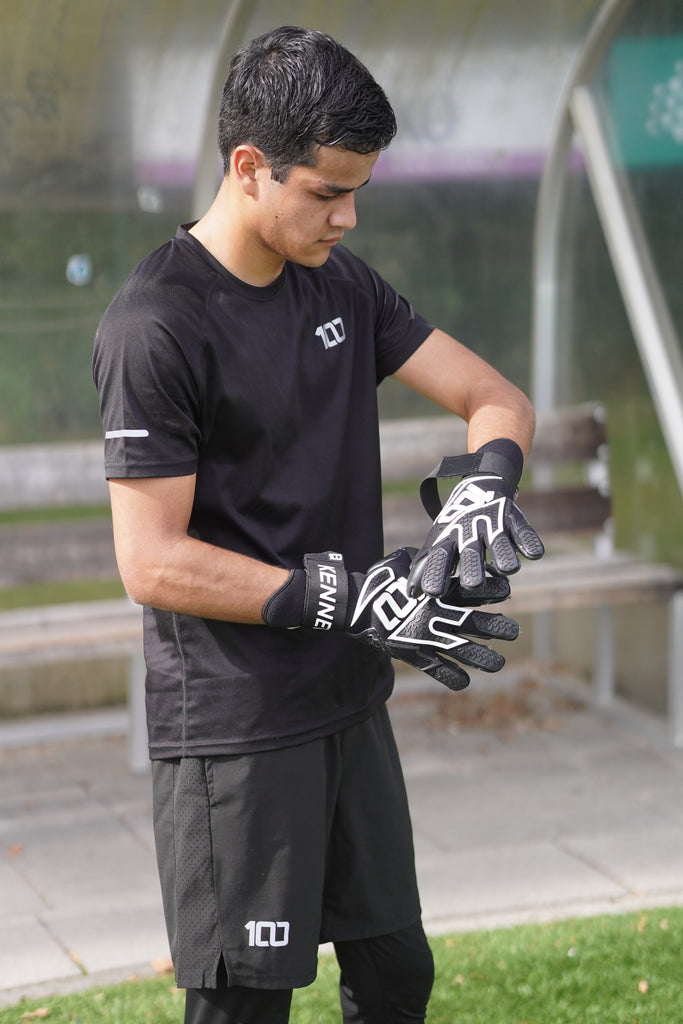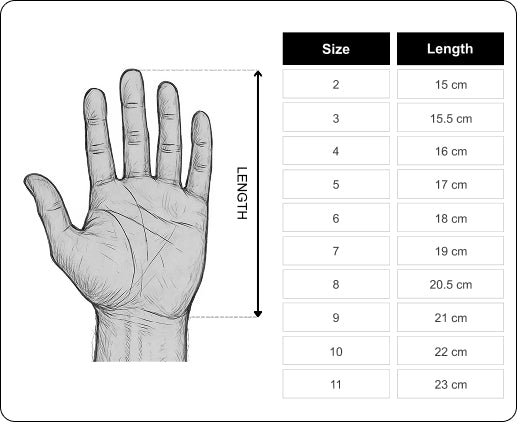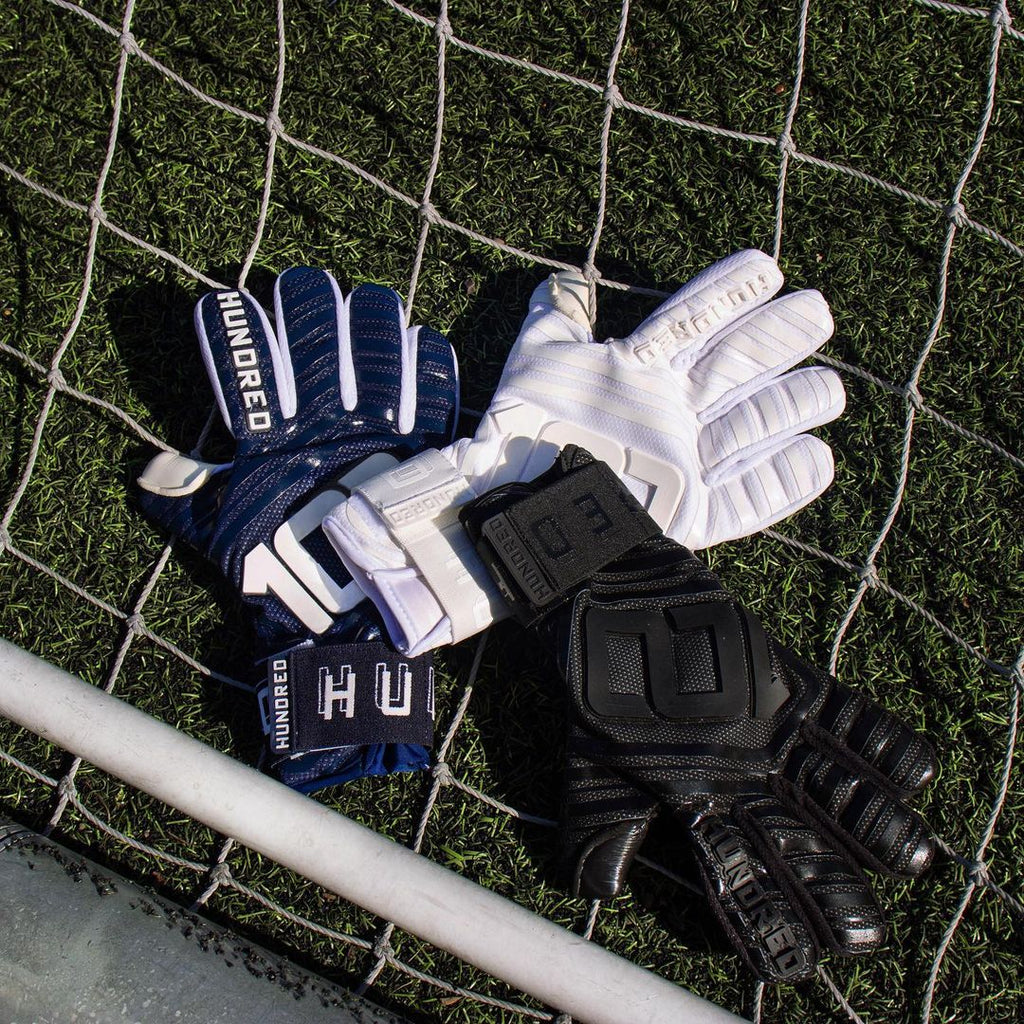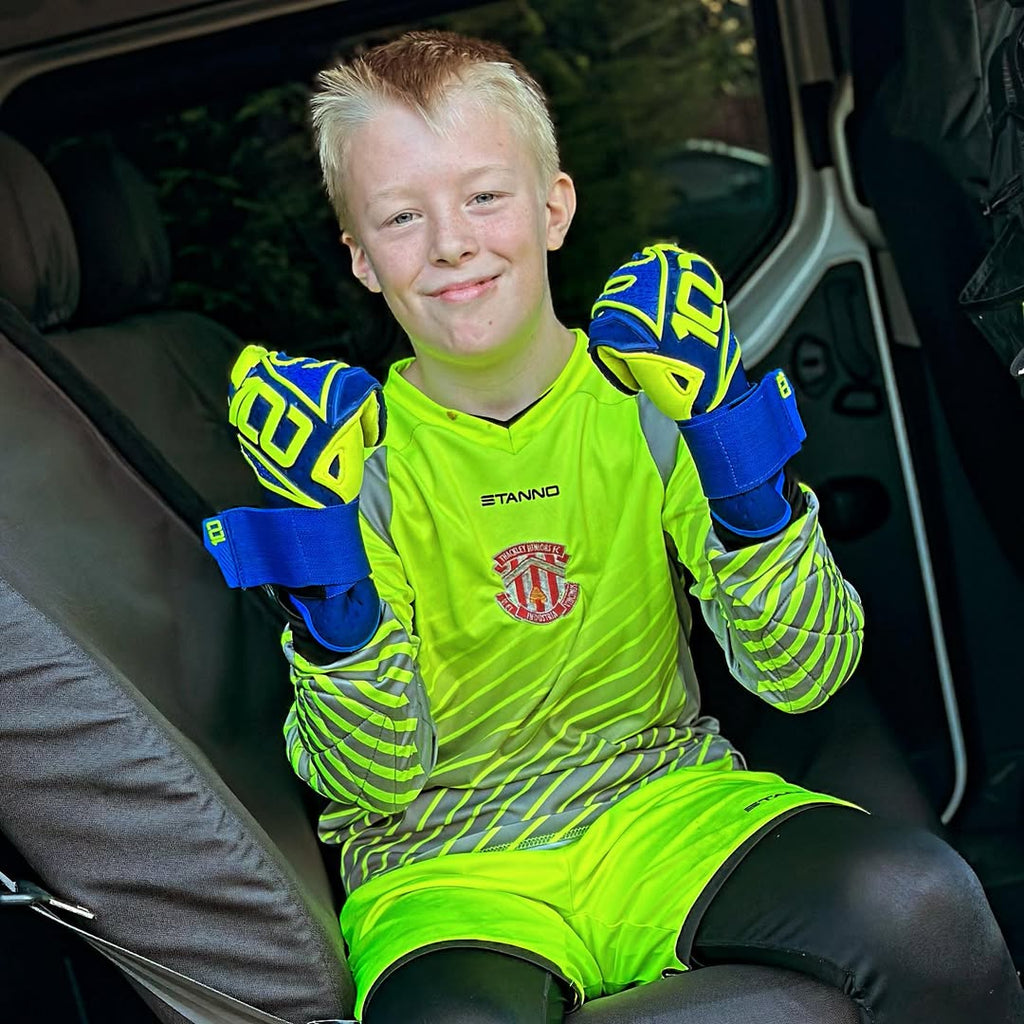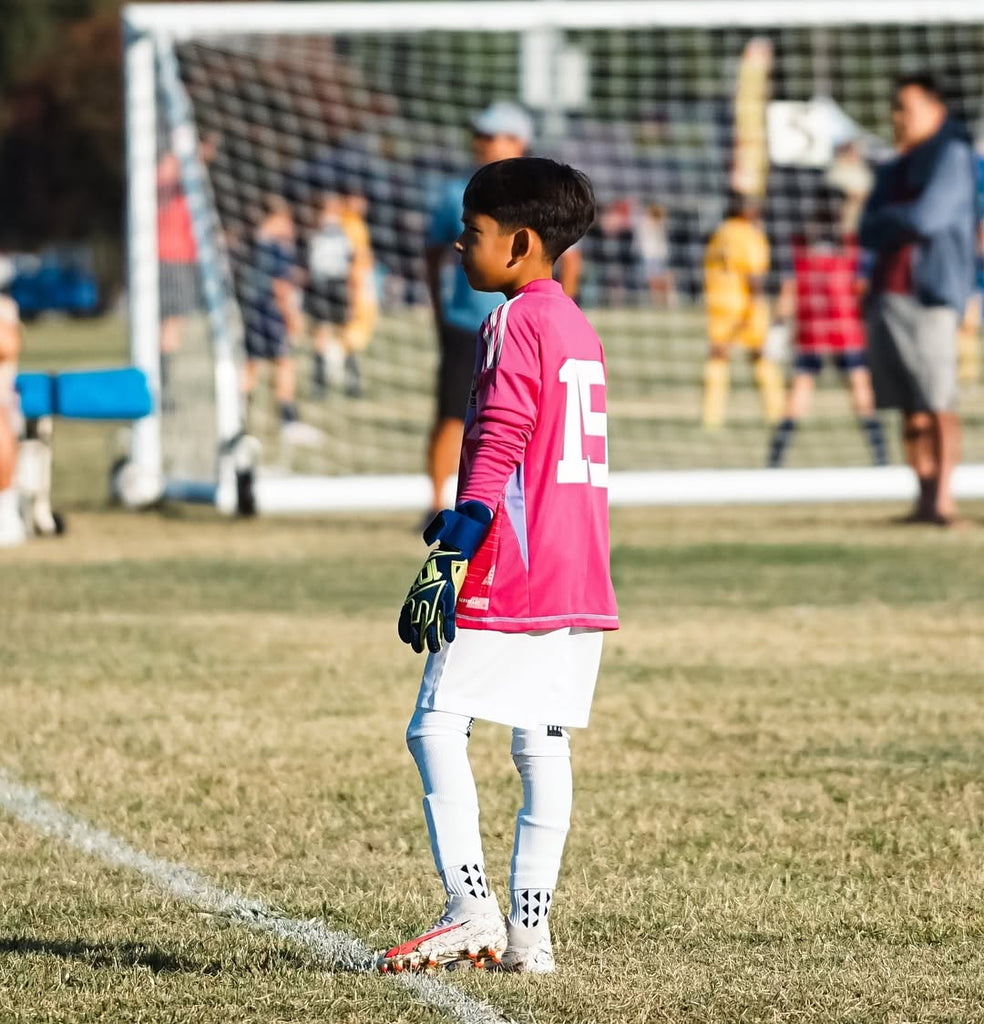
What type of glove does your child actually need?
Here’s what most parents don’t get told:
- You don’t need the most expensive glove.
- You don’t need adult gloves in a smaller size
- And you definitely don’t need cheap Amazon specials with no grip and weak stitching
You need gloves designed for junior keepers who are still learning how to dive, catch, recover, and fall — because that’s where most damage happens.
That’s what we build ours for.
